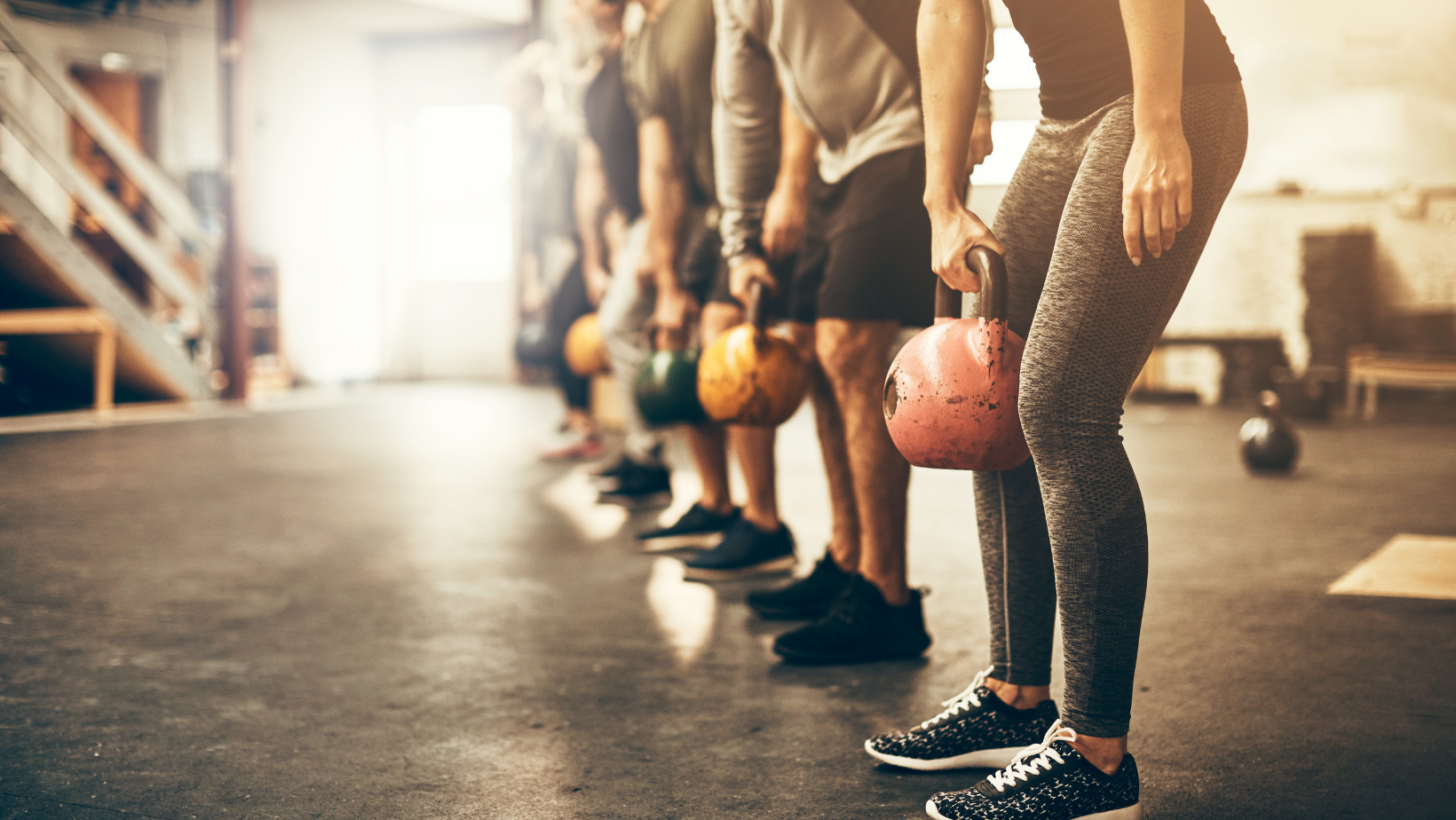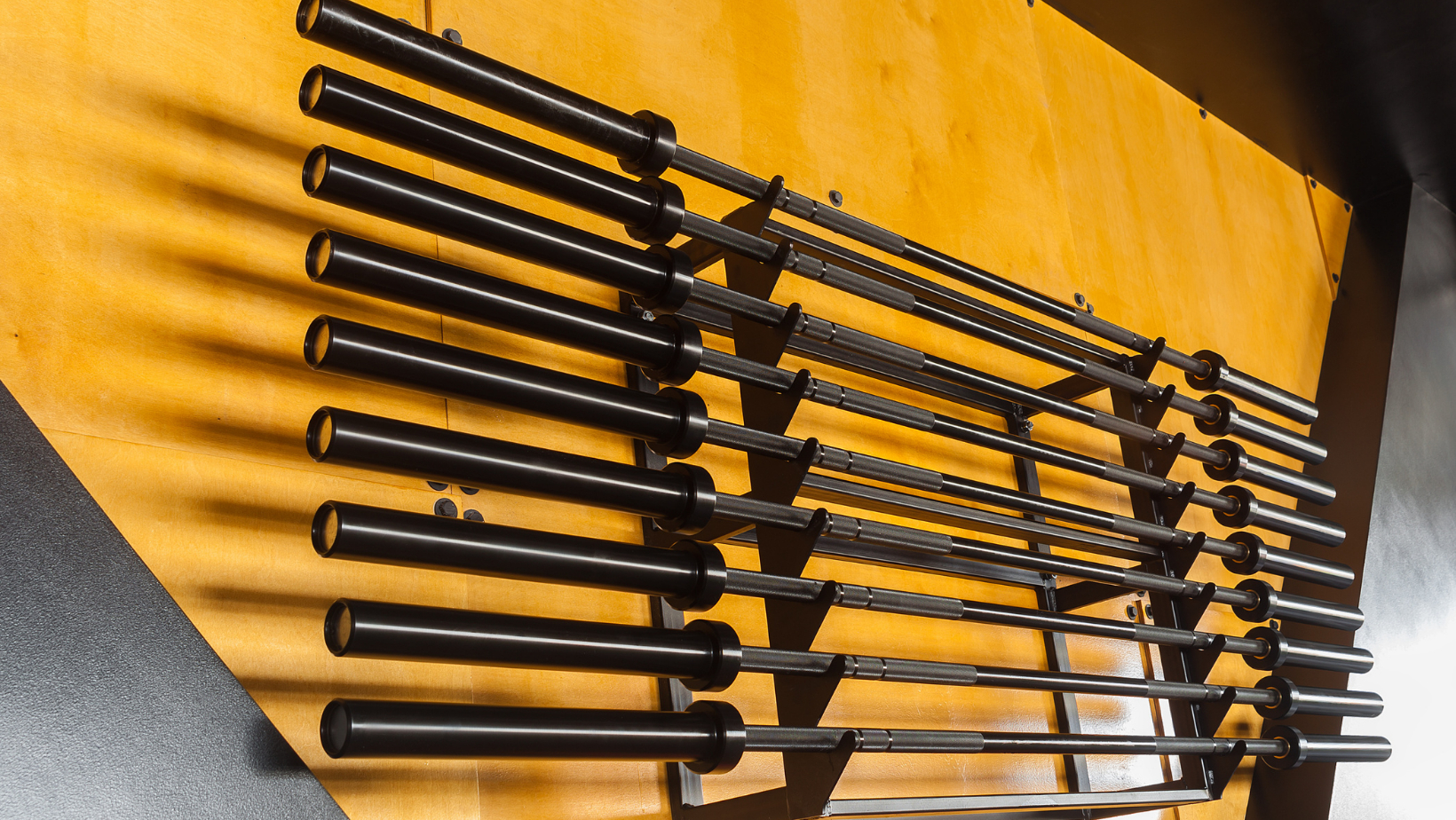
What Weight Kettlebell Should I Buy?
Kettlebell training is a phenomenal way to scorch fat, build muscle and enhance both your athletic performance and quality of life.
However, fitness enthusiasts interested in kettlebell training often struggle with one tough question.
"What weight kettlebell should I buy?”
Buying a kettlebell that’s too light will limit the intensity and effectiveness of your workouts, while buying a kettlebell that’s too heavy can leave it gathering dust.
Many gyms and fitness centers have a set of kettlebells of all different shapes and sizes, but acquiring such a collection can be prohibitively expensive for the average home exerciser — not to mention bulky and difficult to store.
With that in mind, here’s how to ensure you buy the right kettlebell for you and your goals.
Identify Your Kettlebell Training Goals
The first step to finding the perfect kettlebell is to determine your goals.
If your primary goal is to build strength, then a heavier kettlebell is a smart move.
The number of exercises available to you will be reduced, and you may only be able to perform five (or fewer) reps per set until you get significantly stronger. But if you’re cool with that, consider a heavier kettlebell.
If your primary goal is to build cardiovascular endurance, then a lighter kettlebell could be the right play.
Do you envision yourself using the kettlebell to do high-rep workouts (think 15+ reps per set)? Do you want to be able to comfortably use it for isolation exercises like a Single-Arm Kettlebell Curl? A lighter kettlebell will make these sort of workouts and moves more accessible, though you’ll likely find the weight lacking for compound movements such as Squats.
In reality, most people should buy a medium-weight kettlebell.
A medium-weight kettlebell is generally best for improving body composition and it offers a nice balance of variety and effectiveness.
While ‘medium-weight’ is relative to your current fitness level, the ideal weight should allow you to effectively perform medium-rep (think ~6-12 reps per set) exercise with most or all of the following moves:
- Half-Kneeling Kettlebell Presses
- Kettlebell RDLs
- Offset Kettlebell Front Squats
- Kettlebell Goblet Squats
- Kettlebell Single-Arm Rows
- Kettlebell Pull-Throughs
- Kettlebell Snatches
- Kettlebell Reverse Lunges
- Kettlebell Swings/Single-Arm Swings
- Kettlebell Windmills
- Kettlebell Turkish Get-Ups
- Kettlebell Single-Arm Floor Press
- Kettlebell Split Squat
If you want to make the kettlebell a significant focus in your training and acquire a piece of equipment you can use daily or semi-daily for years to come, a medium-weight kettlebell is likely your best option.
Now, let’s talk about what ‘medium weight’ could mean for you.
Identify Your Current Kettlebell Training Level
The right weight kettlebell for a 20-year gym veteran is unlikely to be the right weight kettlebell for a total newbie.
If your current fitness level is non-existent, starting with something 10-12 pounds or lighter is probably a good idea.
If you consider yourself decently fit, you may need something twice as heavy — if not heavier.
If you’re an absolute beast and a bonafide kettlebell training expert, a kettlebell weighing 38 pounds or more may offer the most bang for your buck.
How Do I Know the Right Kettlebell Weight For Me?
Rather than guess, the best way to find the perfect kettlebell weight is to gets your hands on some different options and do a little training.
Visit a local gym or fitness store or see if a friend or family member owns some kettlebells.
Try out moves like squats, swings, presses, RDLs and lunges.
The right weight should feel challenging, but not so heavy you can’t perform at least ~6-12 reps per set for most moves with good form. You may only be able to get one or two reps for more difficult moves like the Kettlebell Turkish Get-Up or Windmill at first, and that’s totally okay.
If you find yourself capable of performing 20-30 reps per set for multiple different exercises without much trouble, the kettlebell is almost certainly too light.
Hands-on experience is invaluable to picking the right kettlebell.
If you can’t find a kettlebell, you can mimic many of the same movements with a dumbbell. Just keep in mind the unique design of a kettlebell often makes the weight feel 5-10% heavier than an equivalently-weighted dumbbell.
While hands-on experience is irreplaceable, below are a few guidelines that may help direct your purchasing process.
Note that kettlebell weights are often listed in kilograms rather than pounds and that one kilogram equals 2.20 pounds.
The Right Kettlebell Weight for Women
- Beginner = 5-8kg kettlebell (~11-18 pounds)
- Intermediate = 8-12kg kettlebell (~18-26 pounds)
- Advanced = 12-18kg kettlebell (~26-40 pounds)
The Right Kettlebell Weight for Men
- Beginner = 8-12kg kettlebell (~18-25 pounds)
- Intermediate = 12-16kg kettlebell (~26-35 pounds)
- Advanced = 16-22kg kettlebell (~35 pounds-48 pounds)
HulkFit’s Enamel-Coated Cast Iron Kettlebells run from five pounds all the way up to 50.
They feature an extra-wide handle to allow for confident execution of the full arsenal of kettlebell training exercises.
Made of high quality solid cast iron and dipped in a durable enamel to deliver maximum comfort and durability, HulkFit Kettlebells will be a staple in your fitness routine for years to come.
The weight of the kettlebell you buy should ultimately depend on your goals and training level.
When in doubt, it’s generally recommended to err on the side of going a little bit heavier.
You’d rather make your routine a little more challenging in the near term and give yourself room to grow as opposed to buying a lighter kettlebell and risk your fitness level soon exceeding its utility.


